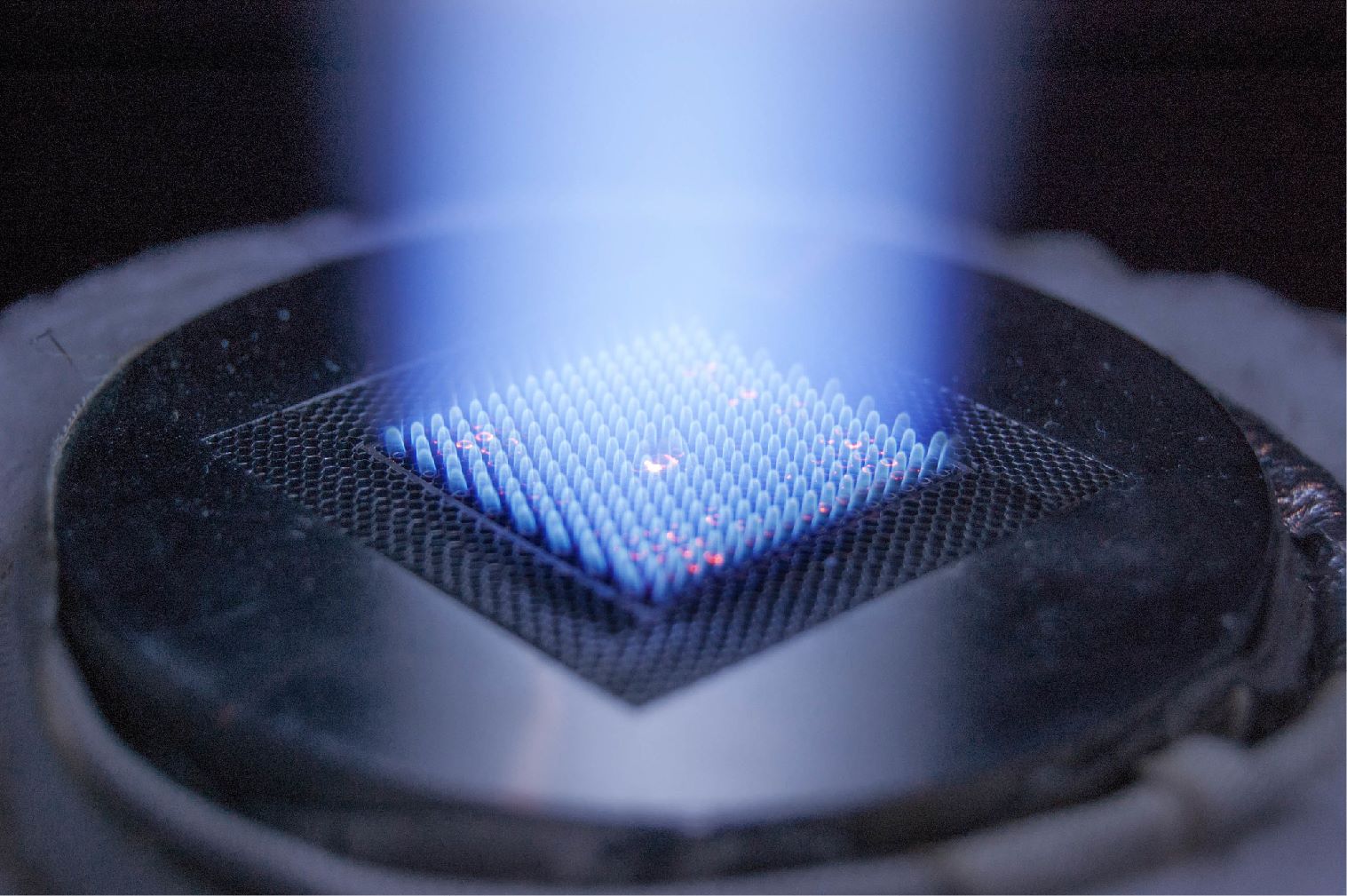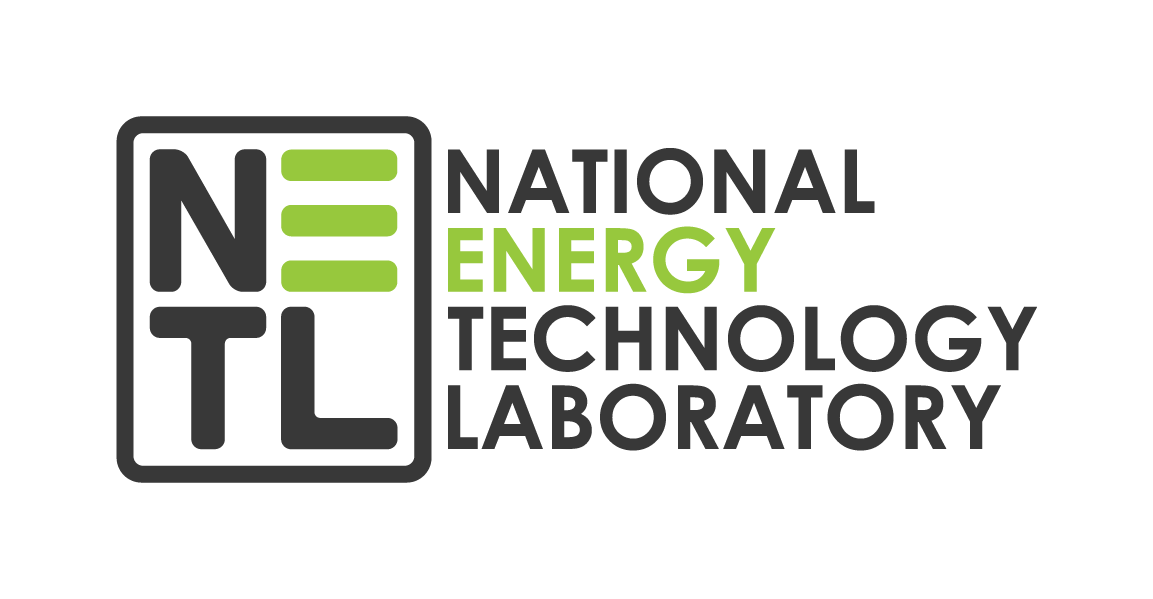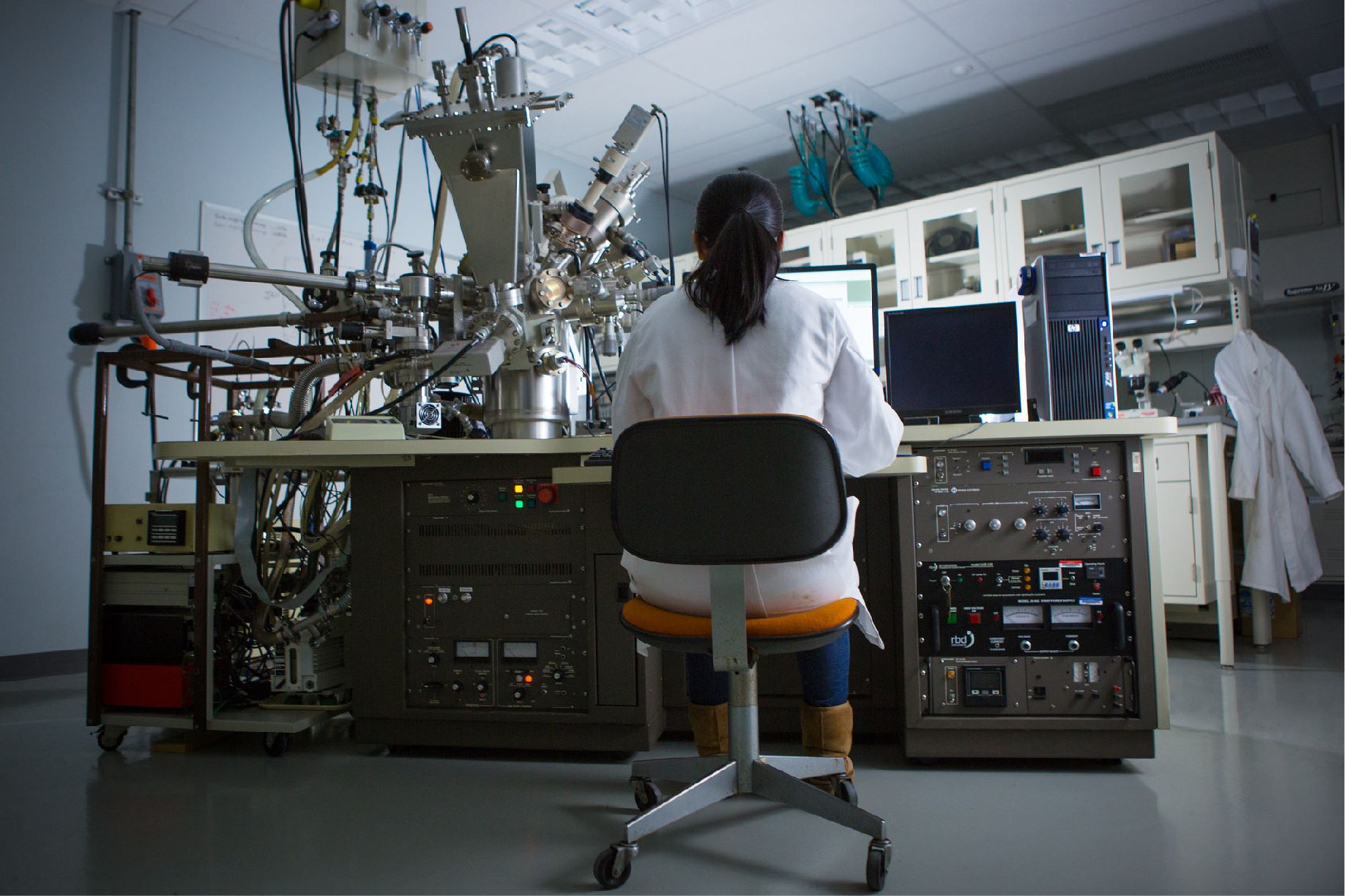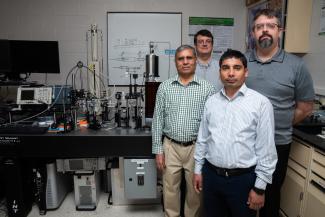NETL researchers are advancing a pioneering laser technology to provide laboratory-quality detection and analysis of rare earth elements (REEs) directly in the field, bringing the nation one step closer to securing a reliable domestic supply of these vital materials used in nearly all modern technology.
“This breakthrough offers a path to more efficient mining and exploration of REEs, which are crucial for everything from smartphones and electric vehicles to advanced military systems,” said NETL’s Dustin McIntyre, who leads a team investigating the technology.
Global demand for REEs is skyrocketing, with the current estimated demand approaching 200,000 tons per year. While the United States holds significant REE reserves, it still relies heavily on imports, making the supply chain vulnerable. The U.S. Department of Energy (DOE) has designated REEs as critically important materials due to their indispensable role in energy technologies, economic stability and national defense.
Traditionally, REE analysis required samples to be collected and sent to laboratories, a time-consuming and costly process. The NETL team uses laser-induced breakdown spectroscopy (LIBS) technology as a rapid and efficient solution for analyzing the elemental composition of materials in the field and even deep underground. LIBS achieves this groundbreaking on-site analysis by using a high-energy laser pulse to create a tiny, luminous plasma on the sample surface. By analyzing the light emitted from this plasma, scientists can identify and quantify elements present within seconds.
The NETL team recently detailed their research in a special issue of the journal Chemosensors dedicated to the application of LIBS.
“In that paper, we specifically focused on two key REEs, lanthanum (La) and neodymium (Nd), studying them in both lab-created simulated samples and actual coal and rock minerals obtained from a natural REE deposit,” McIntyre said. “This real-world testing is vital because natural deposits have complex compositions that can make detection challenging. We used a range of LIBS instruments that spanned from a commercial lab setup to a specialized probe designed for use deep within boreholes.”
One of the most promising advancements of this research involves the development of a technique called double-pulse LIBS. By using two precisely timed laser pulses instead of one, the researchers achieved a remarkable 3.5 to 6-fold enhancement in signal strength for La and Nd. This means the technology can detect these rare earths even at very low concentrations, with detection limits as low as 10 parts per million for La and 15 parts per million for Nd in simulated coal.
Crucially, the team also successfully tested a prototype LIBS sensor head specifically designed for subsurface measurements. This compact probe, capable of operating in challenging borehole environments, demonstrated its ability to detect La and Nd in natural coal samples.
“This success confirms the feasibility of deploying LIBS directly into geological formations to assess REE content in real-time, greatly accelerating exploration and resource evaluation,” McIntyre said.
The research represents a pivotal step toward enabling the nation to more effectively identify, evaluate and ultimately produce its own critical REEs. By bringing sophisticated elemental analysis out of the lab and into the field, this technology is poised to strengthen America’s position in the global supply chain, safeguarding its economic prosperity and strategic interests for years to come.
In addition to publishing in Chemsensors, the researchers also published related work in the International Journal of Coal Geology, focusing on cerium, erbium and europium, in addition to La and Nd. This research provided 2D mapping of sample surfaces to show abundances and deposit geometry and allowed for the estimation of co-located elements.
NETL is a U.S. Department of Energy (DOE) national laboratory dedicated to advancing the nation’s energy future by creating innovative solutions that strengthen the security, affordability and reliability of energy systems and natural resources. With laboratories in Albany, Oregon; Morgantown, West Virginia; and Pittsburgh, Pennsylvania, NETL creates advanced energy technologies that support DOE’s mission while fostering collaborations that will lead to a resilient and abundant energy future for the nation.




